NAPA VALLEY, Calif. — What better topic to start off a Monday morning than coffee?
While some of us might be content to roll out of bed and make whatever kind of coffee we can get our hands on, others are delving deeper into the mysteries of this most magical beverage.
Meet Derek Bromley, who has combined a career in hospitality, a background as a sommelier and a love of rock ’n’ roll into Ohm Coffee Roasters, a unique new establishment in Napa.
You might be familiar with his coffee from the Ohm coffee truck that is often seen around the valley at farmers markets and other local events. You might also have heard him perform as part of the Napa band Mama Said, which has appeared at Blue Note Napa and BottleRock Napa Valley, among other venues.
But nothing will quite prepare you to step into his new world — a scientific research lab and state-of-the-art coffee roastery where he can share what he has been up to since he perceived similarities between wine and coffee and plunged into the world of coffee beans. The space is decorated in a rock ’n’ roll style, from the covers on the stools that line the work-space table to the dynamic art splashed across the walls.
Ohm, by the way, is not a meditation for coffee lovers; it is a measurement that relates to the amplifiers that are essential to rock ’n’ roll music. Bromley’s slogan is “Upgrade your morning ritual and #amplify what’s good.”
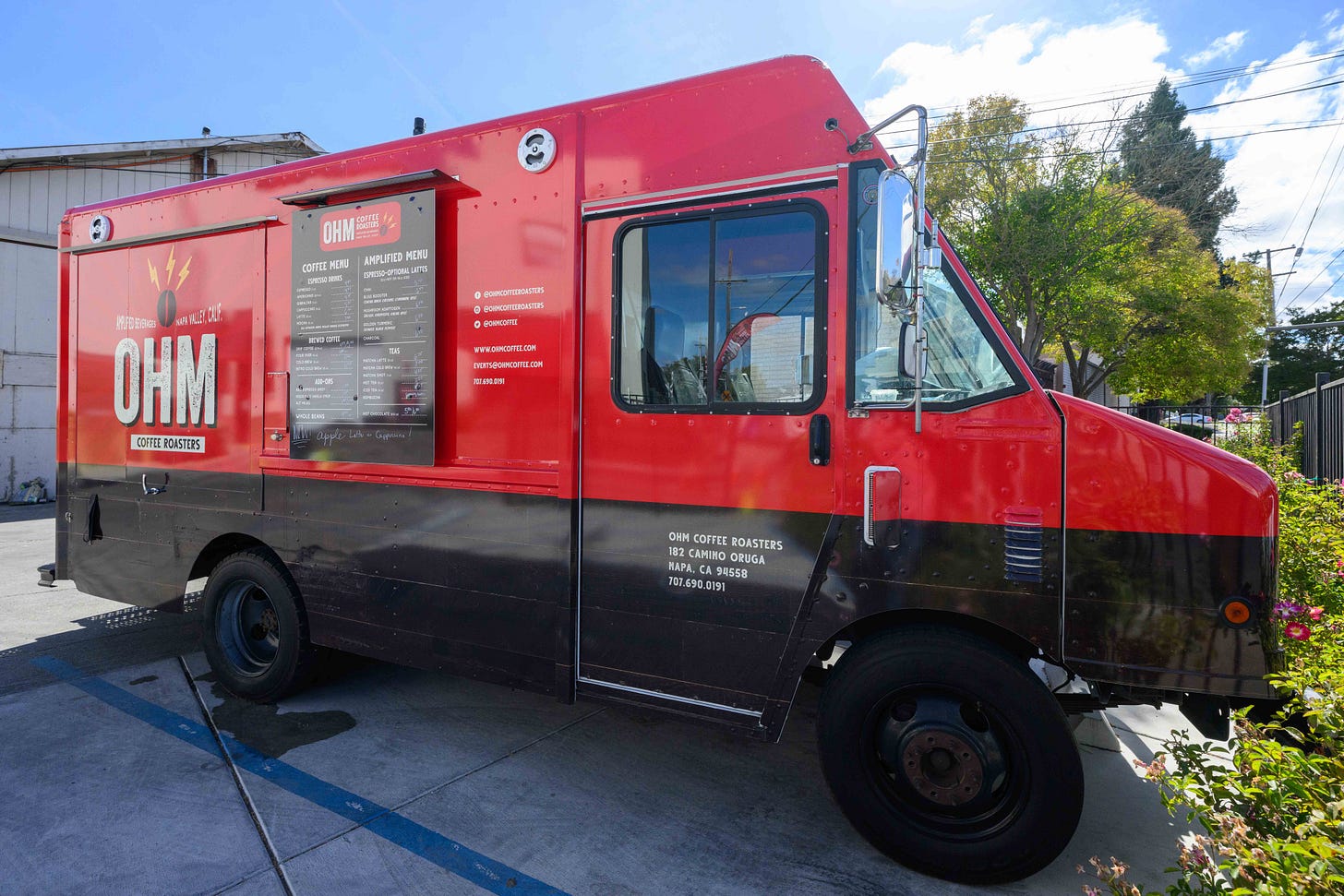
He said traveling as a wine representative first got him interested in coffee. He began to perceive similarities in the way the two beverages were created.
“What got me down this rabbit hole was working for the wine industry, going to Argentina and Australia and experiencing a whole different coffee as the norm. I remember arriving at Melbourne on a red-eye and having airport coffee that was so good and so different from what we had in the United States. We’d had diner coffee for so long.”
That cheap diner coffee was part of the first wave of the coffee experience in the United States, he said, when coffee became an essential part of the American day, from morning mugs to coffee breaks to coffee klatches. That was your parents’ tin of pre-ground Folgers or, if they were connoisseurs, Yuban.
A desire for a better brew led to the second wave, which Bromley said began with the advent of Starbucks and Peet’s and changed the landscape of coffee. The new espresso-based lattes and cappuccinos spawned chain coffee shops that now cover the globe. Coffee was transformed from a relatively inexpensive commodity to a premium, much higher-priced product.
“The problem here is they needed consistency,” Bromley said. “Starbucks coffee needed to be the same in Tokyo as in Ohio, and to achieve this you have to roast it really dark.”
This can result in bitterness, he said, which might explain the simultaneous rise in the popularity of the highly sweetened coffee drinks. It also gave rise to a third wave, a term coined in 1999 but that had been in the works as early as the 1970s. This was a backlash to the heavy-handed roasting approach of the second wave, which Bromley noticed was not unlike “the unoaked wine movement that was a backlash to oaked-up butter-bomb wines of a decade or so ago.”
The third wave looked to beans that were often sourced in small amounts from individual farms and roasted more lightly to bring out their distinctive flavors. With brands such as Blue Bottle and Ritual Coffee, Bromley said, “It is all about origin and the want to roast in a way that’s the best expression of where those beans were grown.”
Bromley said tasting Blue Bottle single-origin Ethiopian coffee was his “aha” moment.
“I said, ‘Sure I’ll have that for my cappuccino.’ Then after my first sip I said, ‘I’ve never tasted anything like this.’ It was the first time I saw that this was coffee on a whole different level. There was this whole added layer and level of the coffee that I had never experienced before drinking my Starbucks or whatever.”
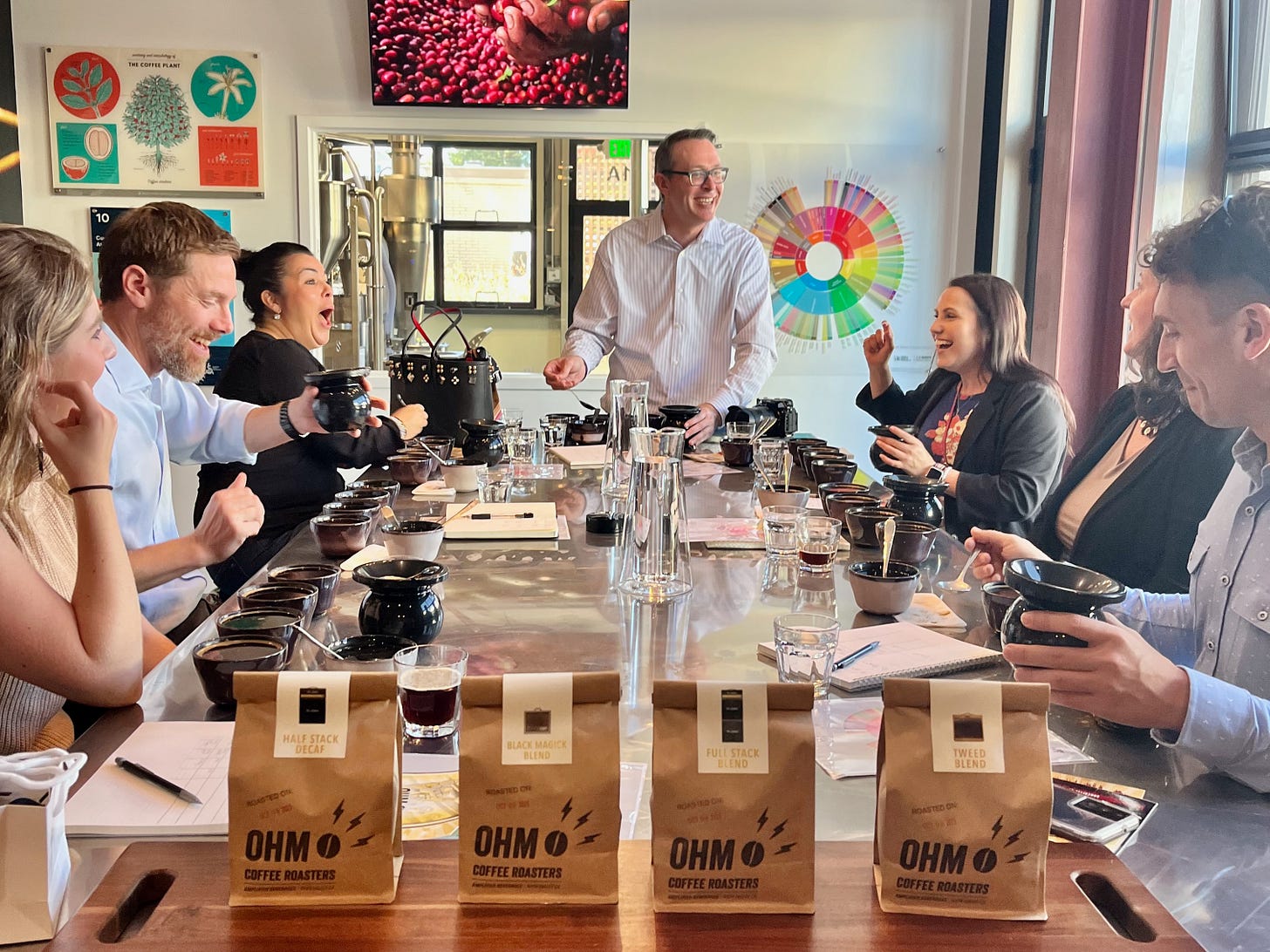
He was selling pinot noir at the time for a Russian River producer, and he said he was coming into coffee with his wine glasses on. He used Chardonnay as an example of how the coffee world looked then — barbell shaped. At one end was something like Rombauer Chardonnay — a big, bold wine with mass appeal where you know what you’re getting. At the other end of the Chardonnay spectrum were Chablis and Champagne, which celebrated the terroir and the specific origin. But there was not much in the middle.
As much as he appreciated the third-wave coffee, he perceived a problem. The third wave brought with it small boutique-y blends but nothing a person could stick with. Sometimes only a few bags of a given coffee came into the country, and once they were gone there was no more. Also, coffee plants don’t tend to deliver as consistently as grapevines. What might have been exceptional one year might not be the next. This led to his idea of blends.
“I thought, if I take my roasts a little bit further, I’m bringing more balance, natural sweetness.”
By blending these, he could create consistent styles.
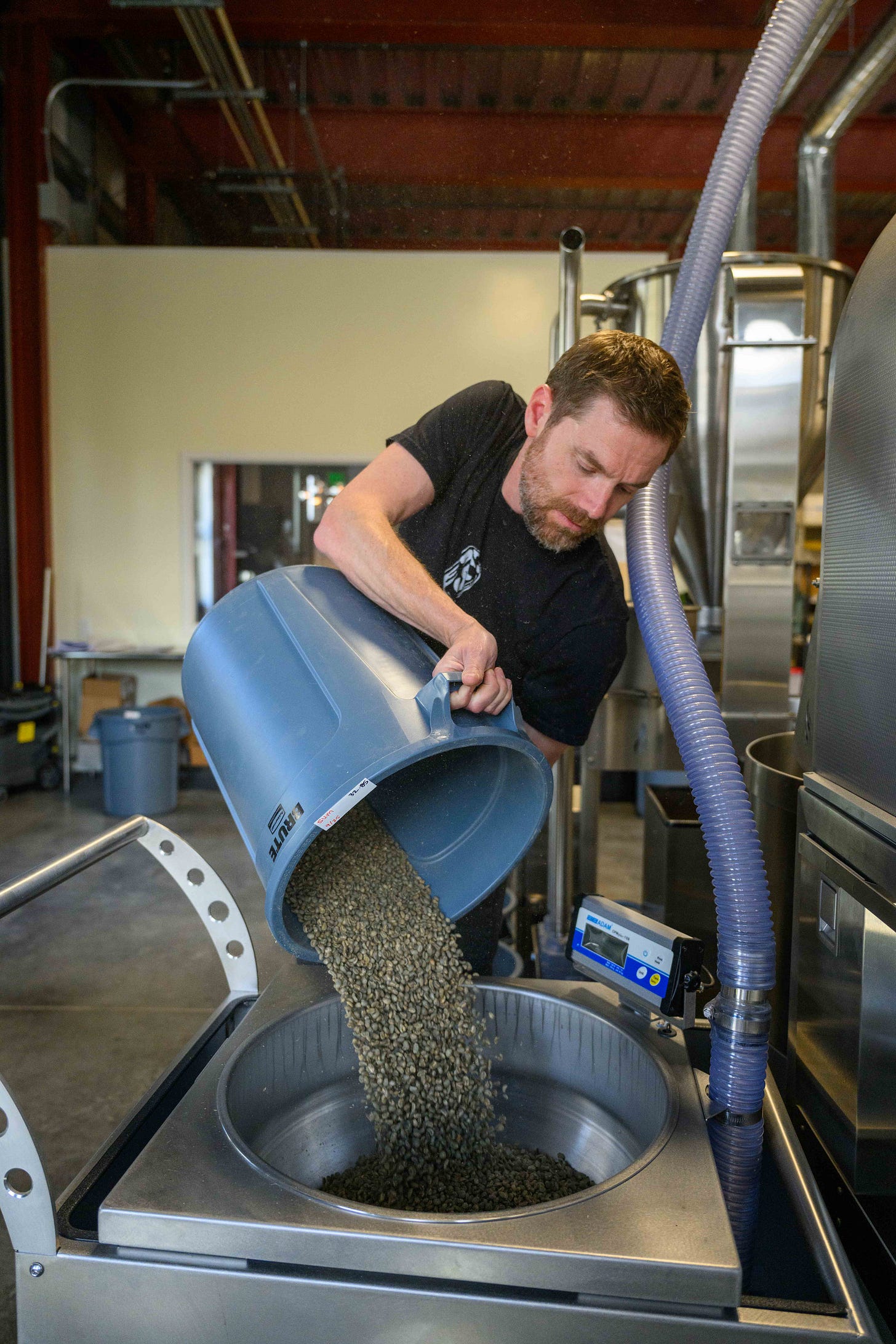
“I took what seemed to me to be a much easier way to have blends that are specific styles,” he said. “I work behind the scenes to source the components that express that house style.”
It’s almost a fourth wave in coffee-making, he said. He is trying to take the best of what the third wave has brought and add in his wine experience. It involves intense work, tasting, roasting and blending beans.
“If you want to geek out, you can taste the components,” he said, but his end goal is consistent styles. “I think of these coffees as Sonoma pinot or Napa cab; there’s no questioning the quality of the components that go into it. There’s a lot of science but a lot of art — intuition.”
He follows a complex set of steps to brew and taste beans at precise temperatures and time intervals, and when he discusses different brews, the similarity to the wine world pops up in his vocabulary: sweet, sour, acidic, medium-bodied, full-bodied, notes of blueberry, Meyer lemon or brioche.
“It’s very similar,” Bromley said. “I had a group a winemakers in here recently. They have all that sensory training, and to see them apply it to coffee — to see the light bulbs go off — was such a revelation.”
Bromley said in creating his blends he also draws on his background as a sommelier.
“I’m not going to make a list based on what I like to drink,” he said. “I might include something I like, but the focus is on what a customer wants.”
If anything, that might be even more complex since the coffee beans he works with come not from one or more local vineyards but from coffee producers from such far-flung places as Somalia, Kenya, Ethiopia and Guatemala.
The main thing, he said, is to strive for the best of both worlds with his roasting process —"enough roast time to fully develop the natural sugars present in the bean but not so much as to overshadow each bean.” He roasts on Monday and cups on Tuesday so that he can taste the results of what he has roasted and decide whether to make changes in the roaster. He roasts the samples importers send to him and makes a few cups to see if they are consistent. Then he thinks in terms of how they fit into his blends. Only a few fit into the flavor profile he is after.
The result: Ohm produces five blends, each named with rock ’n’ roll inspiration. They range from a darker-roasted “Black Magic” to medium-roast “Tweed,” “Full Stack,” “Half-Stack” (decaf) and Hand-Wired Espresso — each with its own descriptors.
Ohm beans (and coffee) are available at the coffee truck, which is parked in front of the shop when it’s not traveling the valley. Retailers such as Oakville Grocery, Browns Valley Market and Whole Foods have begun to carry Ohm products, and it is also possible to subscribe and have freshly roasted beans delivered. Options include a “Rolling Stone,” with selections rotating through the different blends.
“It’s a great way to discover new tastes and origins while staying true to the Ohm roast philosophy,” Bromley said — and it could also mean that your Monday mornings will never be the same.
Ohm Coffee Roasters is at 849 Jackson St., No.1A, in Napa. To make an appointment to visit or for more information, visit ohmcoffee.com, call 707-738-8599 or email info@ohmcoffee.com.
Sasha Paulsen is a journalist and novelist who lives in Napa.


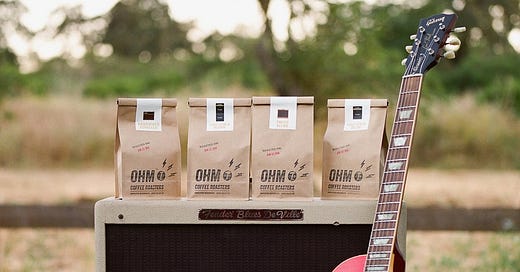



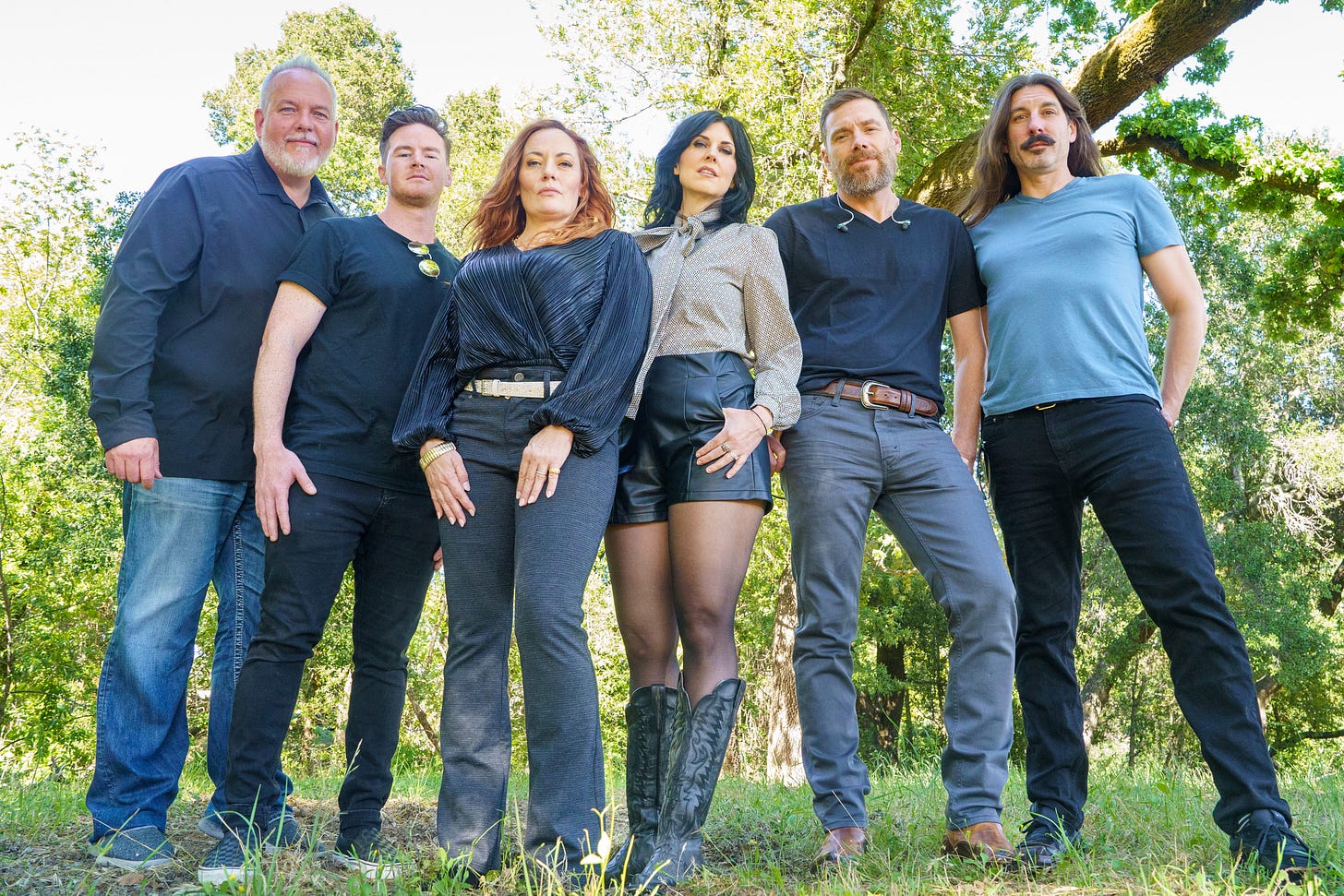

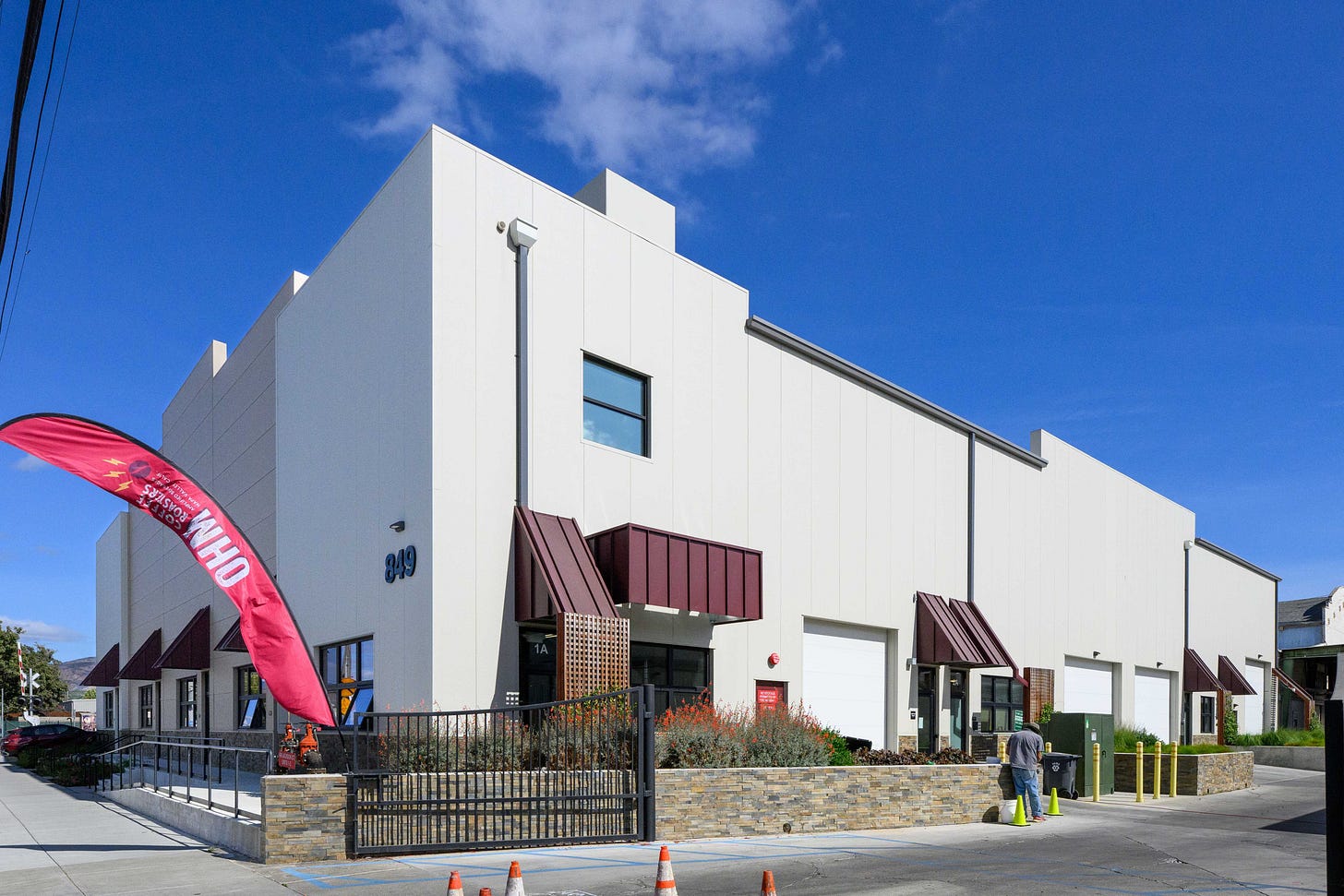
What a great way to start the day: reading Sasha Paulsen's fascinating article about Ohm Coffee Roasters while sipping Derek Bromley's delicious Black Magick Blend! Cheers!